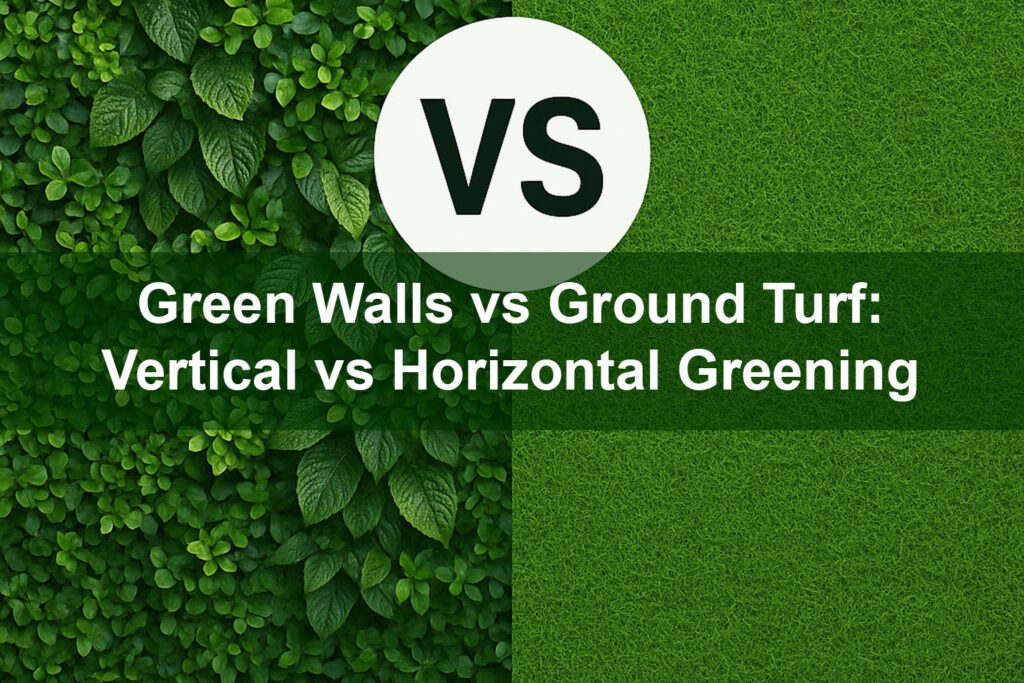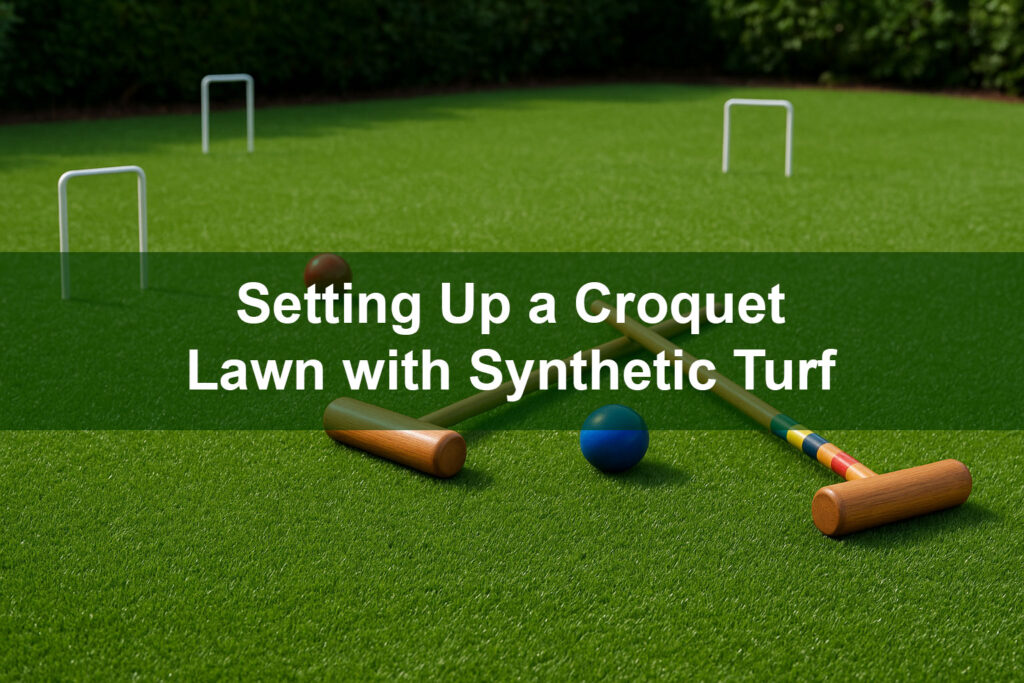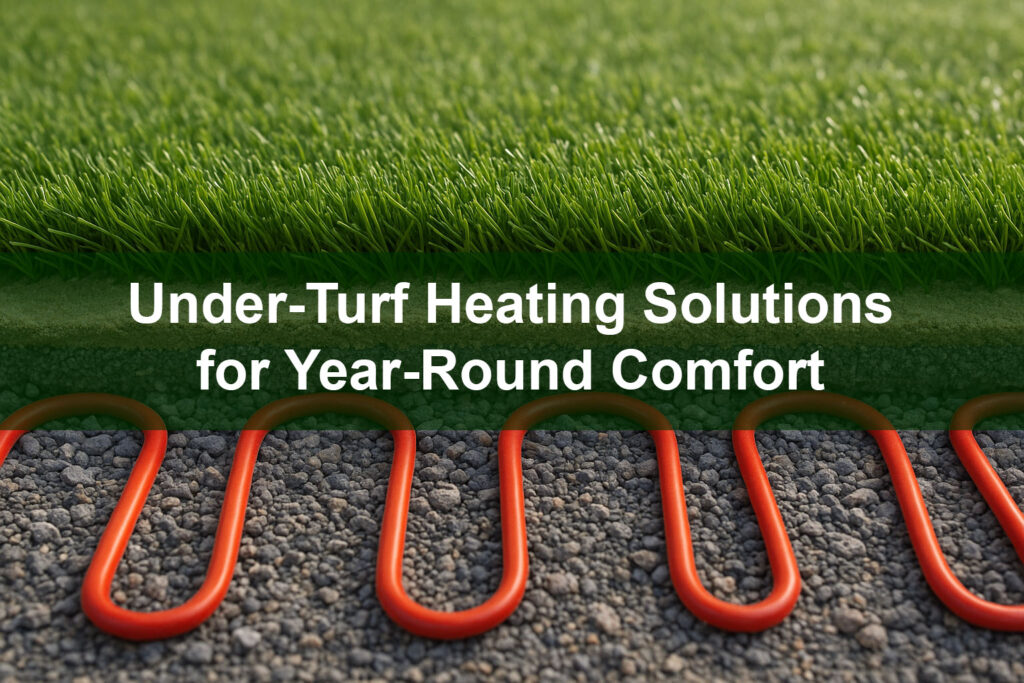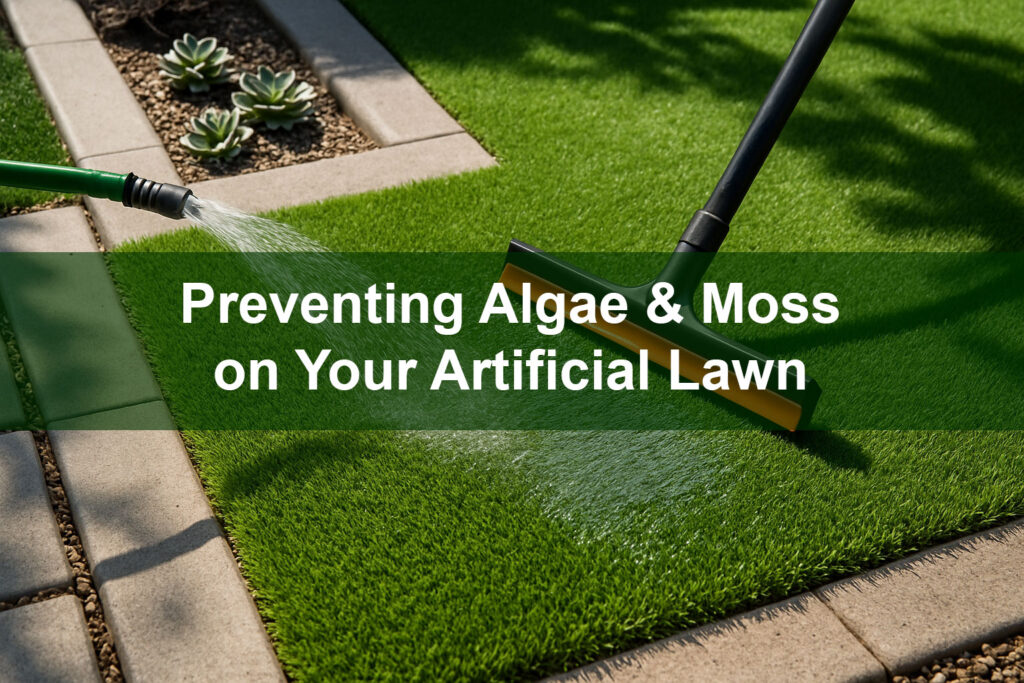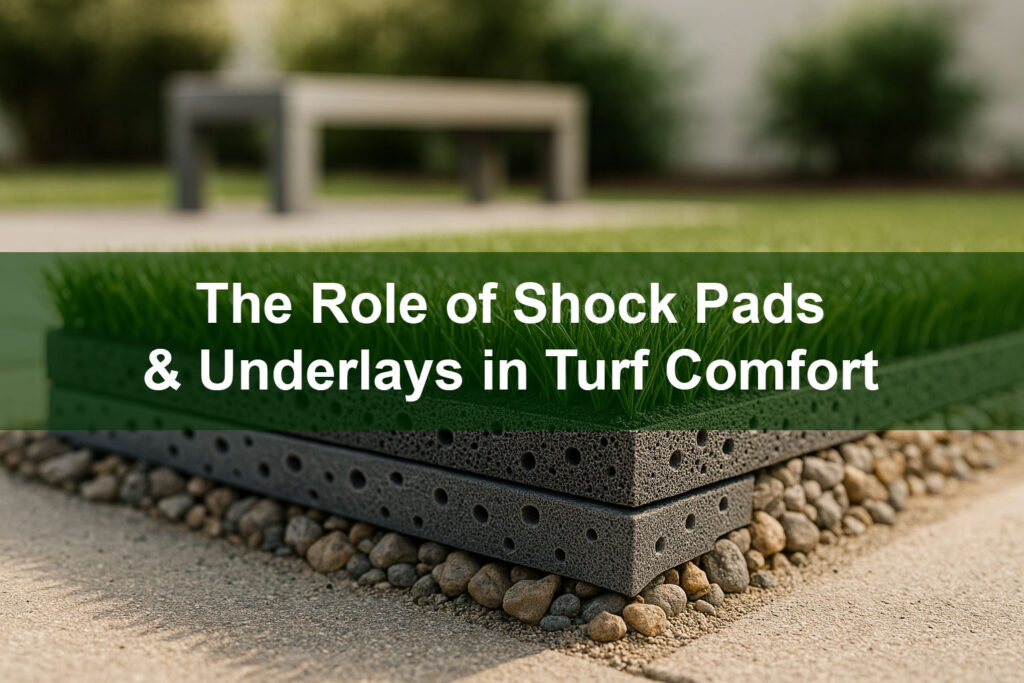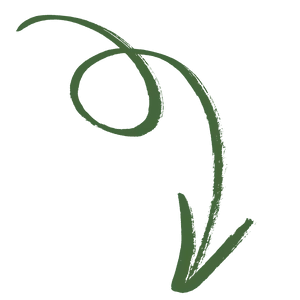Creating greener, more livable spaces can take many forms. Two of the most effective strategies are green walls (vertical greening) and ground turf (horizontal greening). Each approach offers unique environmental, aesthetic, and functional benefits. This guide compares both options side-by-side so you can choose the best solution for your site, budget, and maintenance capacity.
What You’ll Learn in This Guide:
- The core differences between green walls and turf
- Benefits and limitations of vertical vs horizontal greening
- Installation, structural, and irrigation considerations
- Maintenance, lifespan, and lifecycle impacts
- Design ideas and best use cases (home, commercial, urban)
- How to combine both approaches for maximum impact
At a glance: what are green walls and ground turf?
Green walls (vertical greening) are plant systems mounted to vertical surfaces—façades, fences, or freestanding frames. These systems range from fully planted, irrigated living walls to lightweight artificial-ivy panels.
Ground turf (horizontal greening) is the planting or synthetic surface that covers the ground plane: lawns, courtyards, rooftops, and patios. In this guide we focus primarily on artificial turf as a low-maintenance horizontal green solution.
Benefits: vertical vs horizontal
Both green walls and turf deliver visual appeal and environmental advantages, but their strengths differ.
Green walls — vertical advantages
- Space efficiency — Ideal where ground area is limited (balconies, narrow courtyards).
- Thermal & acoustic gains — Living walls can reduce façade temperatures and dampen street noise.
- Air quality and biodiversity — When planted with diverse species, living walls support pollinators and improve micro-air quality.
- Branding and aesthetics — Vertical greenery creates powerful visual statements for retail, hospitality, and offices.
Ground turf — horizontal advantages
- Usability — Turf creates usable floor area for play, seating, and events.
- Visual consistency — High-quality artificial turf provides an evergreen, uniform appearance year-round.
- Lower structural demand — Turf typically requires less structural reinforcement than heavy, saturated living walls.
- Cost efficiency for large areas — On large horizontal surfaces, turf often provides a more affordable per-square-foot solution than irrigated living walls.
Limitations to consider
Choosing the right approach means understanding the tradeoffs.
Green wall considerations
- Structural loads — Saturated living walls are heavy; large systems require engineering review and secure mounting.
- Irrigation complexity — Most living walls rely on integrated irrigation and drainage systems, which need maintenance.
- Ongoing horticultural care — Plants require pruning, nutrient dosing, and periodic replacement.
- Higher upfront cost — Professional design and irrigation raise initial investment.
Turf considerations
- Heat considerations — Turf can retain heat; selecting cooling infills and lighter fibers reduces surface temperatures.
- Perception — In some markets, synthetic turf is perceived as less “natural”; product quality and installation matter.
- Drainage planning — Turf installations must be built on permeable bases to manage runoff and avoid pooling.
Installation & technical considerations
Technical planning differs widely between vertical and horizontal systems.
Green wall: structural & irrigation checklist
- Verify the building’s load capacity: saturated living walls can weigh hundreds of pounds per square meter—consult a structural engineer for large installs.
- Choose a system type: modular trays, felt systems, or pre-planted panels—each has different weight, access, and maintenance profiles.
- Integrate an automated irrigation controller with filtration and a recirculation plan (if applicable).
- Plan accessible maintenance routes and replacement access for plant modules.
Turf: substrate & drainage checklist
- For turf over soil: excavate, install a compacted aggregate base with a 1–2% slope to drains, and add a geotextile separator.
- For rooftop or balcony turf: confirm membrane compatibility, add a permeable underlay, and ensure roof warranties are not voided.
- Use perforated turf backing and a free-draining base to handle heavy rain events.
- Consider a shock pad where impact attenuation or play areas are required.
Maintenance, lifespan & lifecycle
Maintenance needs and expected lifespans should influence your decision.
Living vertical walls
- Maintenance: Ongoing—weekly to monthly checks for irrigation, plant health, pruning, pest control, and fertilization.
- Lifespan: Structural components last decades; plant palettes will evolve and require periodic replacement.
- Costs: Higher recurring horticultural costs—budget for seasonal replacements and irrigation upkeep.
Artificial green walls
- Maintenance: Minimal—periodic rinsing or dusting and inspection for fastener integrity.
- Lifespan: Quality UV-stabilized panels can last 8–15+ years outdoors.
- Costs: Higher initial material cost than paint or trellis but lower ongoing maintenance than living walls.
Artificial turf
- Maintenance: Low—seasonal brushing, occasional rinsing, debris removal, and spot cleaning.
- Lifespan: 10–20+ years depending on product quality and UV exposure.
- End-of-life: Emerging recycling programs exist—factor recycling/disposal when selecting products.
Cost comparison (high level)
Costs vary by region and complexity, but consider total cost of ownership over a 10–20 year time horizon rather than just upfront price.
- Living green wall (irrigated): High initial cost + ongoing maintenance.
- Artificial green wall panels: Moderate initial cost, low ongoing maintenance.
- Artificial turf (residential): Moderate initial cost per sq ft; low maintenance over time.
- Natural turf: Lower upfront cost in some cases, but higher lifetime costs for water and care.
Best uses and design ideas
Choosing the right option often comes down to function and context.
- When to choose a green wall: Narrow sites with little ground area (balconies, fences); façades that need thermal insulation or noise reduction; hospitality or retail entrances where impact and branding matter.
- When to choose turf: Play areas, patios, rooftop terraces, and courtyards where horizontally usable space is a priority; pet areas and putting greens that require flat, consistent surfaces.
- Hybrid approach: Combine turf and vertical greening—a turf courtyard framed by a living or artificial wall delivers usability and immersive greenery.
Sustainability & environmental impact
Evaluate sustainability across water use, biodiversity, and materials.
- Water: Artificial turf conserves irrigation water compared with natural lawns. Living walls can be water-efficient if matched with drip irrigation and drought-tolerant species.
- Biodiversity: Living walls planted with native species support pollinators; artificial walls do not provide habitat but can be paired with ground planters to increase biodiversity.
- Materials & end-of-life: Prioritize recycled content and take-back programs for synthetic materials. Ask manufacturers about recyclability and disposal options for turf and panel components.
Quick decision checklist
- How much ground area is available? (If none → green wall)
- Do you need usable flat space? (If yes → turf)
- Can the building structure support added wall weight? (If unsure → structural review)
- What is your maintenance capacity and budget? (High maintenance OK → living wall; low maintenance → artificial options)
- Do you want to prioritize biodiversity? (If yes → living wall with native plants)
Pro tip
If you want the visual and acoustic benefits of plants but can’t commit to irrigation, use a hybrid approach: artificial green wall panels for low maintenance on façades combined with planter boxes at ground level planted with native species for pollinators and seasonal color.
Example project ideas
- Urban café patio: Artificial turf flooring for seating + modular living wall with trailing herbs behind the bar—keeps serving area clean while delivering fresh aromas.
- Apartment balcony: Lightweight felt green wall panel for privacy + a 3×6 ft artificial turf rug for comfort underfoot.
- Office entrance: Full living wall with automated irrigation and uplighting to create a signature arrival experience.
- Hybrid courtyard: Turf central lawn for play with wrapped living wall planters for shade, scent, and pollinator habitat.
Final thoughts
Vertical and horizontal greening each create healthier, more inviting environments. Your choice will depend on site constraints, intended use, and long-term maintenance appetite. Where possible, combine both: turf for usability and green walls for vertical interest and environmental co-benefits. Proper product selection and professional installation unlock the full potential of either approach.
Ready to plan your green project?
Contact Buy-Grass for product samples, design help, and installation support—whether you want a living façade, an artificial turf courtyard, or a hybrid solution.

